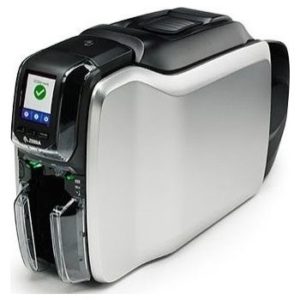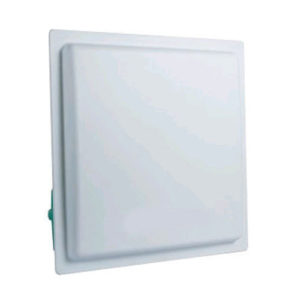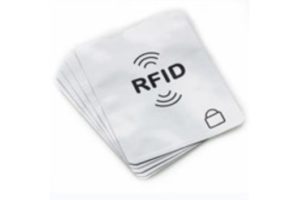- Home
- RFID Solutions
Get A Quote
RFID stands for Radio Frequency Identification, and it is become more and more common in the supply chain as a way to identify and track products and assets. There are two general categories of RFID tags:
Active RFID tags use an onboard battery that powers the tag, similar to toll tags. This allows them to have longer read ranges, and they are typically larger and more expensive. Because they need a power source to operate, these tags typically have shorter lifespans.
Passive tags do not require a power source, hence the title “passive.” Instead, the reader interrogating the passive tag sends a signal that activates the tag and reflects the energy back to the reader with its tag ID and any encoded information. These tags are less expensive, and can be laminated into a label or attached in a rugged configuration for metal surfaces or durable applications.
RFID technology goes beyond the limitations of barcoding in its functionality, cost-efficiency and overall performance providing real-time visibility into business operations.
As global economy slowly mends itself from the recession, supply chain businesses are increasingly concerned with improving the efficiency of their operations in order to – going forward – remain financially stable through the good times and the bad. They’re looking to RFID (Radio Frequency Identification) technology to increase the visibility of their inventory and assets and, ultimately, run their business more smoothly.
Why RFID?
1. It Increases Operational Efficiency
One of the best benefits of RFID is that it requires less monitoring, which frees up employees to handle other tasks and focus on more productive efforts. Additionally, it doesn’t require any direct line of sight to read tags, meaning multiple tags can be read at one time. You can even set up the RFID reader to automatically read tag data when you need it to.
2. It Eliminates Human Error
Manual labor always involves some level of risk for human error. With RFID, no human intervention is necessary to read data. It can all be automatically carried out by the reader. The benefits of RFID easily outweigh the costs. Not only does RFID save on labor, but it increases accuracy by eliminating the errors that come with manual data logging and product replenishment.
3. It Reduces Capital Costs
The easiest way to keep costs low is to maintain tight control of your stock or assets, especially expensive business assets like test equipment, transport packing, computer tech, field vehicles, and more. If any of these suddenly disappear, replacing them could cost you significantly. RFID provides an easy and relatively inexpensive way to keep track of these assets.
4. It Grants Access to Real-Time Data
The benefits of RFID go beyond freeing up employees. RFID offers reliable track-and-trace in tough environments. This technology can easily track and provide real-time data about inventory and product location. Whether you are tracking large asset inventory, individual products, or batches, you can benefit from automatic real-time data collections.
RFID can also withstand tough conditions that standard barcode labels often can’t, like high humidity, drastic temperature fluctuations, exposure to chemicals and sunlight, extremely high temperatures, and rough handling.
5. Offers Insights for Better Decision Making
Real-time data can be analyzed to give you more insight for better decisions. RFID allows you to stay informed at all times, which comes in handy when it’s time to make planning and operational management decisions that can improve your profits.
How Can I Help You?










